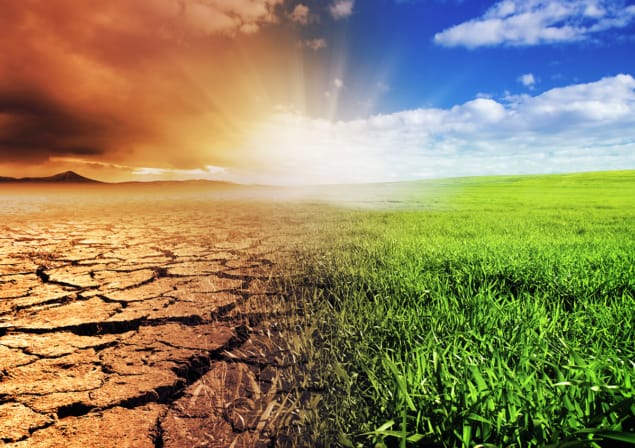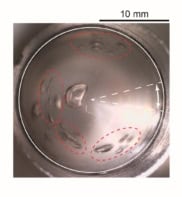
Collaboration between geoscientists and communities to solve problems is increasingly a priority for scientific institutions and societies. That’s the view of Raj Pandya, who heads the American Geophysical Union’s (AGU) Thriving Earth Exchange (TEX).
TEX has grown from three projects to 90 in just three years, Pandya told science communicators at a workshop at AGU’s Fall Meeting in Washington, DC, in December. Scientists and community leaders in the US and around the world are increasingly interested in working together, he said.
TEX is “a wellspring of innovation” in resolving global issues at a local scale, according to Pandya, in such areas as flood prevention, pollution cleanup, and – especially –adaptation to climate change. It also affects the interface between science and society, “how we do science” across sectors, disciplines, and cultures. And it has the potential to overcome longstanding inequities, inviting people who’ve been ignored to help set a scientific agenda that addresses their priorities.
Carol Lue, head of CaribShare BioGas, a charity in Jamaica’s Montego Bay that seeks to mitigate the impact of tourism on the environment, described a TEX project that collects 70 bins of organic waste per day from eight hotels, cruise ships, and cattle and pig farms. CaribShare converts the waste, which would normally be sent to landfill, to fertilizer and biogas through a digester. It’s the only such project in the country.
“Climate change is a dire issue” for the Caribbean, Lue said, “because we are small island states.” She believes the charity’s model shows that “here is a way we can help; the waste can be used for good.”
TEX’s role, Lue said, was to recruit Wale Adewunmi, a soil scientist who volunteered his time and expertise in the environmental chemistry of soils and managing waste in soil. Adewunmi spent two weeks meeting with farmers and government officials, while verifying that the fertilizer CaribShare produced was beneficial to Jamaica’s soil.
Julie Vano, a hydrologist with the US National Center for Atmospheric Research, provided a scientist’s perspective. She described Science to Action, an organization of scientists and decision-makers that helps communities confront such challenges as natural hazards and extreme events.
Asked why she participates in the TEX-supported project, Vano said that by devoting resources to connect with communities, “as somebody who is relatively starting my career, in some ways I feel like I am taking a risk. The fact that I can take that risk, I think, speaks of the momentum here.”
AGU’s Pandya agrees: “it’s starting to emerge as a priority for scientific institutions and for scientific societies to do this kind of work and to see that [it] is supported, encouraged, facilitated, and rewarded.”



